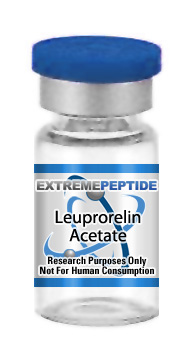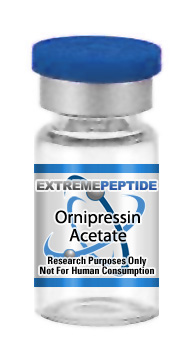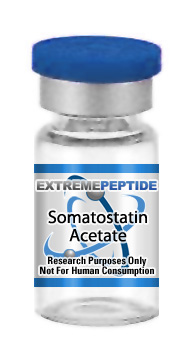(Click here to read our disclaimer)
Leuprorelin acetate is a GnRH sequence that acts as an antagonist for pituitary GnRH receptors in animals. Using this to interrupt the regular pulsatile of this chemical desensitizes GnRH receptors, to down-regulate the gonadotropins of LH and FSH. This will lead to hypogonadism which will dramatically reduce testosterone and estradiol.
Research of leuprorelin acetate typically revolves around its potential use in managing hormone responsive cancers such as breast or prostate cancer as well as conditions that are dependent on estrogen such as endometriosis. Some research indicates that leuprorelin may have use in managing precocious puberty or controlling the stimulation of the ovaries. Some research has looked into the potential for using leuprorelin acetate to reduce sexual urges as displayed by pedophiles or sex offenders.
Non-sexual research into leuprorelin includes the potential management of Alzheimer’s disease. Research involving ferrets has implied that chronic adrenal disease could also be managed by administering leuprorelin acetate. Some research focuses on the potential to use leuprorelin acetate as a means to manage autism, but this was based on the assumption that testosterone or mercury played a hand in developing this disease, which has been revealed to be untrue.
Injectable Microspheres
Biodegradable polymers were used to contain LH-RH superantagonist (leuprorelin acetate) in an experimental environment.
- A W/O/W emulsion solvent evaporation was used to aid in the preparation of the msp. This contained a water soluble peptide to achieve high efficiency of the entrapment and help to sustain the drug release over a predominantly thanks to a polymer bio-erosion.
- The msp was found in microcapsules along with polycores that contain the high concentrations of leuprorelin so they would be easy to apply via injection to the animals used in the study.
Leuprporelin was applied to persistently suppress the gonadal pituitary system for 1-3 months. Results of these actions indicated that these formulations may be helpful in therapy for the endocrine system, particularly in treating such diseases in humans.
Sustained Suppression of Pituitary Gonadal Axis
During this study researchers hoped to develop a depot system for leuprolide acetate based on an existing drug delivery system in order to suppress the pituitary gonadal axis to transform the serum of testosterone to a chemical castration level for 3 months.
- Biodegradable forms of the peptide were formulated by molecular weight and hydropilicity in rats and were rates for the efficacy of measuring this system by testosterone levels.
- Initial studies in rats indicated that a formulation that contained a 75/25 ratio of lactide/glycolide with leuprolide acetate could suppress serum testosterone for over three months.
This formulation has high biocompatibility, biogradability and is easy to apply which may prove beneficial in using this formula to better manage cancers and other diseases that are controlled or increased by the presence of testosterone.
Leuprorelin acetate for research is largely designed to be applied to animal test subjects via injection every 3-4 months. Vials are available in a variety of sizes based on what type of animal will be exposed to this chemical and the nature of the research that will be applied.
Sources:
http://www.sciencedirect.com/science/article/pii/S0169409X97000501
http://onlinelibrary.wiley.com/doi/10.1002/%28SICI%291520-6017%28200006%2989:6%3C732::AID-JPS4%3E3.0.CO;2-D/abstract?deniedAccessCustomisedMessage=&userIsAuthenticated=false
Click here to view our entire PDF research library


